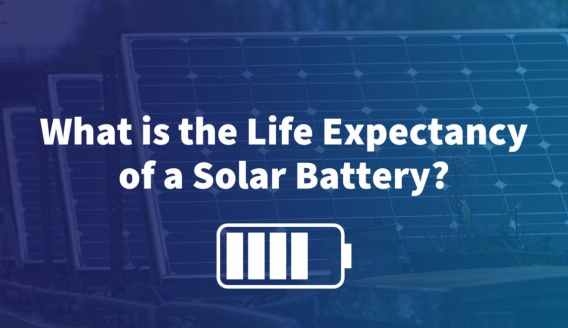
Aug , 08 2022
There are two ways to answer this question and the first is to determine how long a solar battery can power your home. In many cases, a fully charged battery can run your home overnight when your solar panels are not producing energy. To make a more exact calculation, you’ll need to know a few variables, including how much energy your household consumes in a given day, what the capacity and power ...
more
